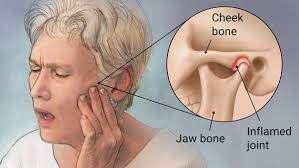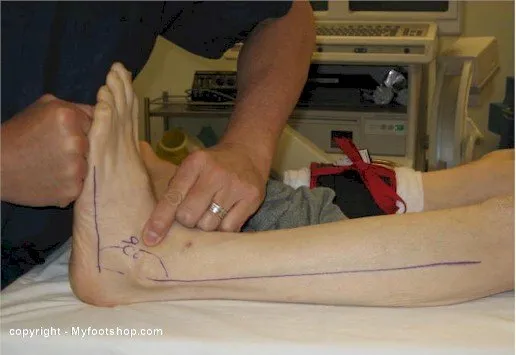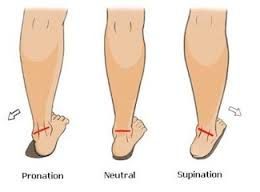Bone Spurs – Causes?
Bone spurs(also called osteophytes) are outgrowths of bone occurring along the edge of a bone. Bone spurs are most commonly found in joints, where two bones come together. They also occur close to where muscles, ligaments, or tendons attached to bone. Some common parts of the body affected include the neck (cervical spine), shoulders, hips, hands and heel bone.
Bone spurs typically occur because of continued stress or rubbing on a bone over a prolonged period of time. This can occur due to inflammatory conditions such as osteoarthritis , tendinitis or tenosynovitis. Normally there is a smooth layer of cartilage on the edges of bones where they come together to form a joint. With osteoarthritis this cartilage layer becomes worn away. This causes the exposed bones to rub against each other. New bone forms in response to this stress and the resulting inflammation. Bone spurs usually develop in areas near tendons and ligaments due to chronic inflammation in these areas. This inflammation can result from friction between these tissues and bone, or from overuse. The bone spur development is the bodies way of trying to protect itself.
Signs and Symptoms
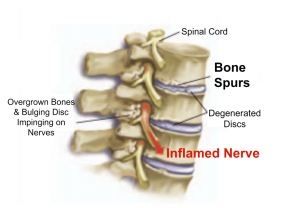 Bone spurs may or may not cause symptoms. Symptoms are location dependent. If bone spurs rub against other bones at joints they can cause pain and/or more limited movement in these joints. They can also be associated with pain, numbness, tenderness, and /or weakness in areas where they irritate adjacent tissue structures(muscles, ligaments, bones, nerves etc.). If the bone spur rubs against tendons or ligaments, they can sometimes cause a tear in these tissues over time. This is a common cause of tears in certain rotator cuff tendons .
Bone spurs may or may not cause symptoms. Symptoms are location dependent. If bone spurs rub against other bones at joints they can cause pain and/or more limited movement in these joints. They can also be associated with pain, numbness, tenderness, and /or weakness in areas where they irritate adjacent tissue structures(muscles, ligaments, bones, nerves etc.). If the bone spur rubs against tendons or ligaments, they can sometimes cause a tear in these tissues over time. This is a common cause of tears in certain rotator cuff tendons .
If bone spurs occur in the spine they can sometimes pinch the nerves (radiculopathy) or spinal cord(myelopathy). A radiculopathy can cause pain, numbness, tingling, or weakness in the arms or legs depending on the area affected. With a myelopathy there can be pain and problems with balance along with weakness.
Diagnosis
Generally X-Rays, MRIs or CT scans are used to confirm suspected cases. Sometimes an experienced practitioner can feel the spur with their finger depending on the area(i.e. heel spur).
When Is Surgery Appropriate ?
In some cases, if symptoms cannot be controlled with more conservative treatment, surgery could be an option. The goal is to remove the bone spur, allowing a return to normal joint motion, or to remove the pressure on muscles, tendons, ligaments, or nerves.
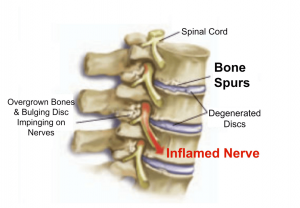
 Bone spurs may or may not cause symptoms. Symptoms are location dependent. If bone spurs rub against other bones at joints they can cause pain and/or more limited movement in these joints. They can also be associated with pain, numbness, tenderness, and /or weakness in areas where they irritate adjacent tissue structures(muscles, ligaments, bones, nerves etc.). If the bone spur rubs against tendons or ligaments, they can sometimes cause a tear in these tissues over time. This is a common cause of tears in certain rotator cuff tendons .
Bone spurs may or may not cause symptoms. Symptoms are location dependent. If bone spurs rub against other bones at joints they can cause pain and/or more limited movement in these joints. They can also be associated with pain, numbness, tenderness, and /or weakness in areas where they irritate adjacent tissue structures(muscles, ligaments, bones, nerves etc.). If the bone spur rubs against tendons or ligaments, they can sometimes cause a tear in these tissues over time. This is a common cause of tears in certain rotator cuff tendons .